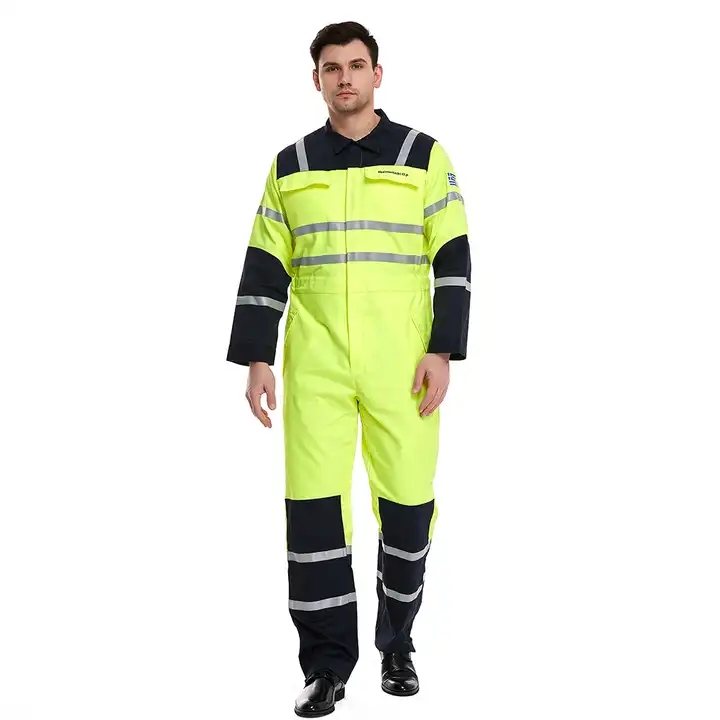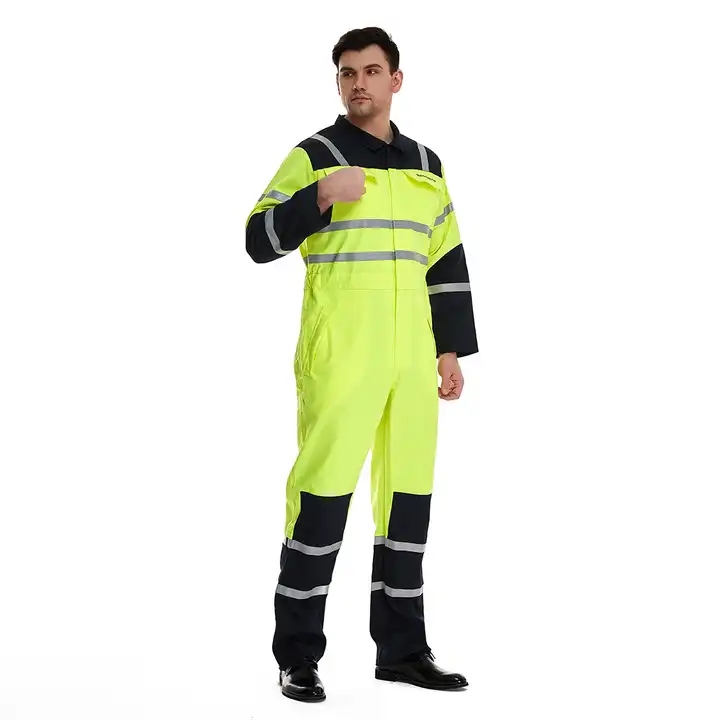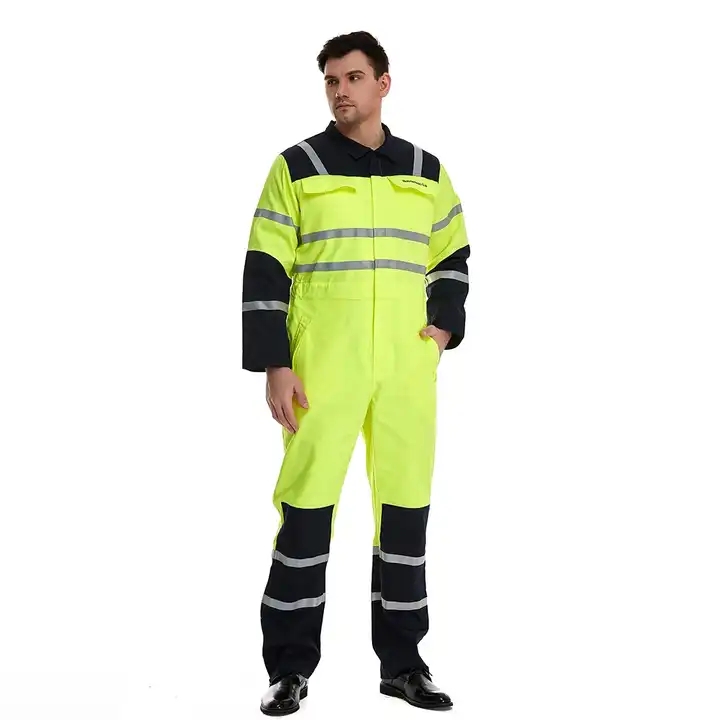In the face of adverse weather, reliable rain workwear stands as a crucial line of defense. This comprehensive guide explores the realm of rain workwear, uncovering its indispensable features, significance in workplace safety, and the pivotal role it plays in ensuring productivity even amidst challenging weather conditions.
Understanding Rain Workwear
Rain workwear comprises specialized garments and gear crafted to withstand and protect against rain and damp conditions. This includes raincoats, waterproof trousers, jackets, hats, and boots constructed from advanced materials like Gore-Tex, PVC, or polyester blends. These items offer water resistance while prioritizing breathability and comfort, ensuring workers remain dry and agile in wet environments.
Key Features for Optimal Performance
Vital components that define high-quality rain workwear:
Waterproof Technology: Seek workwear made from top-grade waterproof fabrics to effectively repel rain and maintain worker comfort.
Durability and Endurance: Opt for workwear designed to withstand harsh weather, retaining quality and protective properties over extended use.
Comfort and Flexibility: Look for ergonomic designs facilitating ease of movement, allowing workers to carry out tasks efficiently and comfortably.
Enhanced Visibility: Some rain workwear incorporates reflective elements for increased visibility, critical in low-light or hazardous environments.
Utility Across Industries
Rain workwear is invaluable across various sectors:
Construction and Trades: Essential for workers exposed to the elements, providing protection during physically demanding tasks.
Agriculture and Farming: Crucial for farm workers to maintain productivity despite inclement weather conditions.
Emergency Services: Vital for responders, ensuring visibility and functionality during adverse weather scenarios.
Outdoor Professions: Essential for professionals in landscaping, utilities, and outdoor services, ensuring safety and efficiency in challenging weather.
Maintenance and Longevity
Ensuring continual functionality:
Cleaning Guidelines: Adhere to manufacturer-recommended cleaning methods to preserve workwear quality and effectiveness.
Proper Storage: Store workwear in dry environments to prevent mildew and retain water-resistant properties.
Regular Inspections: Periodically assess workwear for wear or damage, promptly repairing or replacing to maintain protective capabilities.
Conclusion
Rain workwear stands as an essential asset across diverse industries, safeguarding workers and maintaining productivity despite adverse weather conditions. By investing in high-quality, durable rain workwear, organizations prioritize safety, comfort, and productivity for their workforce, ensuring seamless operations in challenging weather.



